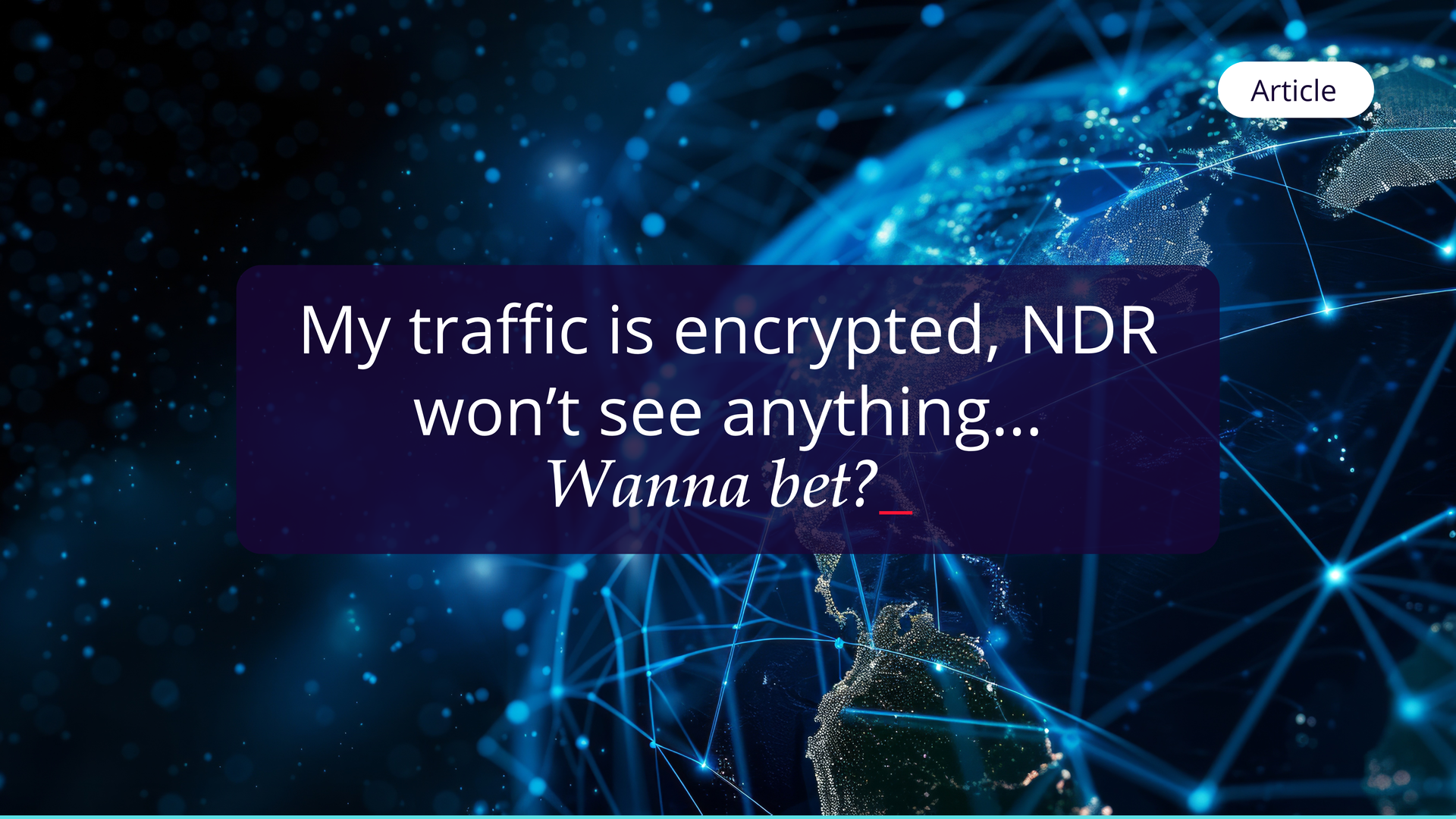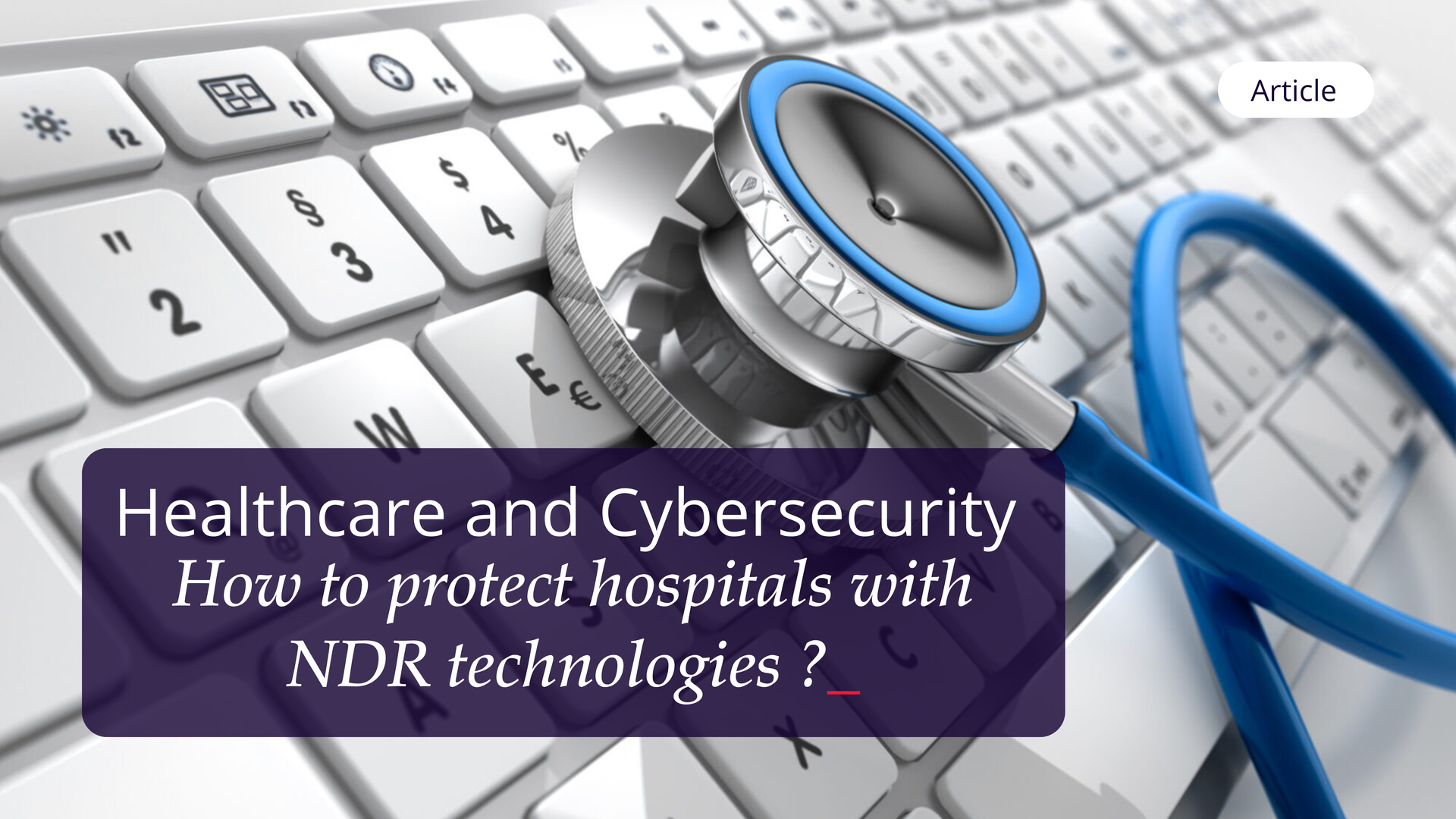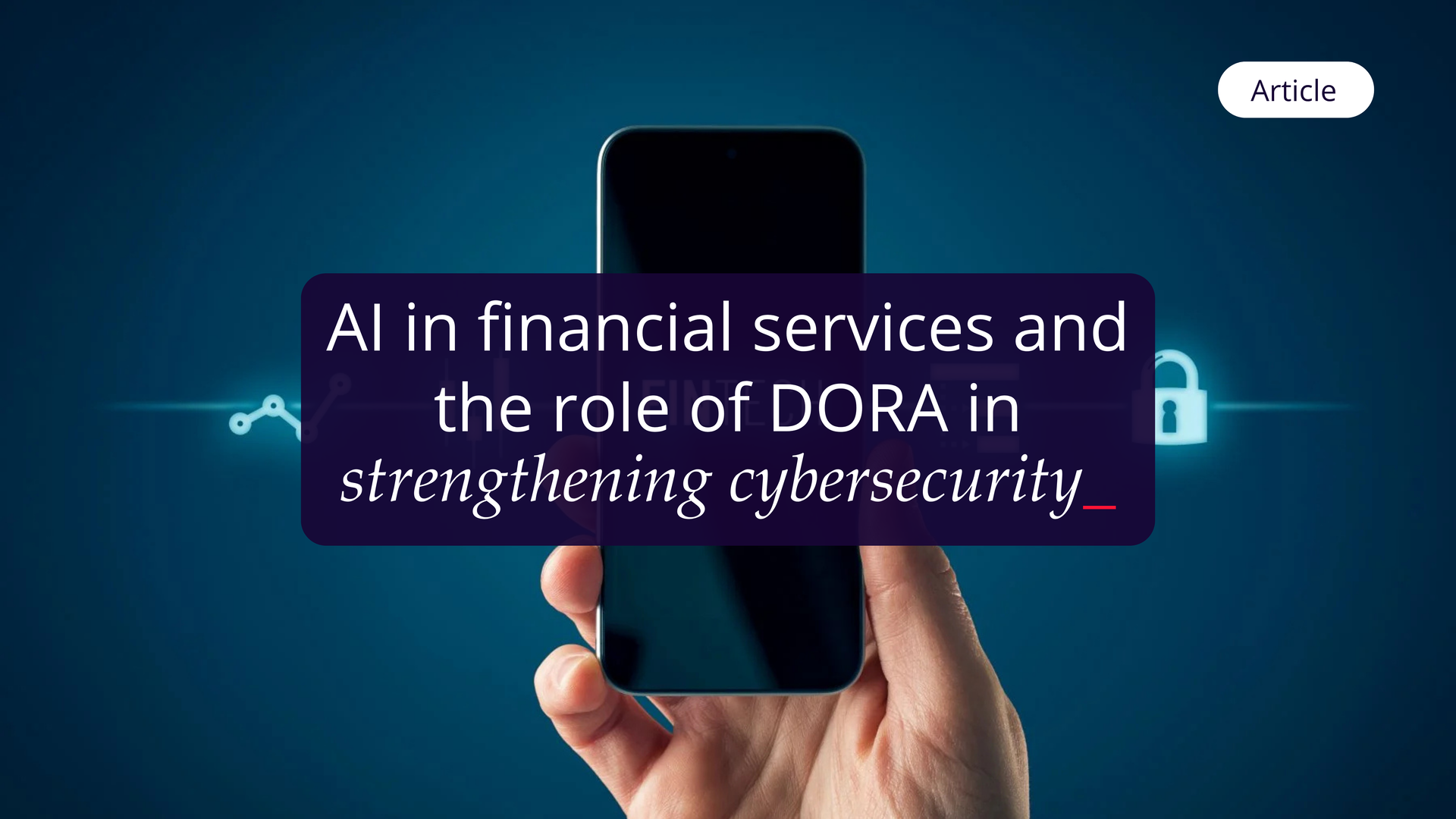Connected Schools, disconnected cybersecurity?
The education sector’s digital paradox

Digital education, prime target
While the benefits of technology in the classroom are often praised, one essential question is rarely raised: are schools truly equipped to handle cyber threats? Last August, Paris-Saclay University learned the hard way after suffering a crippling cyberattack. The fallout? One terabyte of data allegedly stolen, according to the group behind the breach. Even more symbolically, on October 7, Paris Dauphine University’s intranet was hijacked to display inflammatory content on its homepage.
Unfortunately, these incidents are not isolated. According to Netwrix, 77% of educational institutions experienced a cyberattack in the past year, and nearly half had to deal with unexpected costs as a result.
Schools: The perfect storm of cyber risk
Educational institutions are a dream target for attackers: outdated and fragmented IT systems, a never-ending stream of new users, and widespread use of personal devices (BYOD). While this digital openness supports flexibility, it also creates a logistical nightmare for IT security teams. Add to this the pervasive use of unauthorized apps and services – hello, Shadow IT – and the risk of intrusion skyrockets, all while remaining off the radar of system administrators.
Budget constraints and limited staff resources only make matters worse. These factors hinder the consistent implementation of robust security policies. And with many systems dating back years (if not decades), they’re simply not designed to withstand today’s increasingly sophisticated threats.
The result? A fragile digital environment where a single security gap can lead to major financial and reputational damage.
From reactive to proactive: Time for a strategic rethink
To rise to the challenge, schools must rethink their entire approach to cybersecurity. Reacting after the fact is no longer enough – it’s time to anticipate, not just respond.
A solid understanding of the IT infrastructure, paired with continuous monitoring of data flows, can help detect early warning signs and prioritize threats effectively. Some cybersecurity platforms are already making this shift easier, offering intuitive alert systems and the ability to catch the earliest signs of an attack – before things spiral out of control.
This proactive mindset allows schools to strengthen their defenses gradually, making smart use of technical and financial resources without having to overhaul everything at once.
Security that doesn’t sacrifice simplicity
Cybersecurity should become as fundamental a concern as pedagogy itself. The key lies in balancing operational efficiency with user-friendliness—protect without disrupting. With regulatory pressures like GDPR mounting, it’s crucial for schools to treat digital resilience as a core cultural value, not just an IT checklist.
The real question is: how do we spark a collective awareness that ensures a secure digital future for all?







